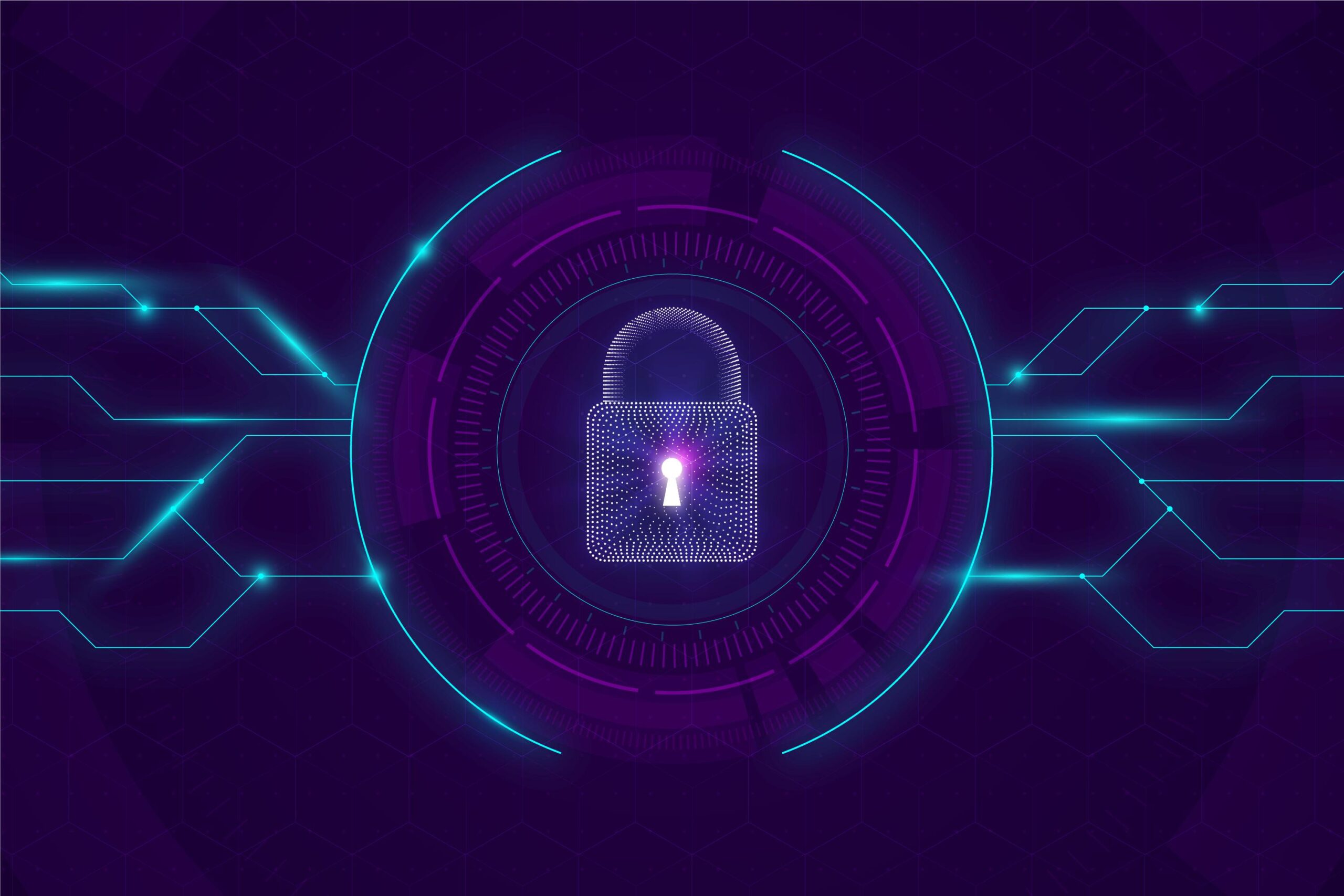 Trends and What You Can Do
Trends and What You Can Do
Cyberattacks are a small or medium-sized business owner’s worst nightmare. They can slow or bring to a halt productivity, and they can incur other unexpected losses, such as equipment replacement, reputation damage control and even paying a ransom to get your data restored.
Recently, HP announced its forecast for cybersecurity in 2021, and its report noted how cybersecurity attacks are becoming more complex and targeting individual users instead of systems. Ransomware, email corruption and message hijacking have all become more common in 2021.
How do you protect your business against these threats? You first need to understand new trends and threats in cybersecurity for 2021 and implement effective strategies to protect your company, employees and customers from them.
Cybersecurity Trends to Know
To defend against cyberattacks, the first step is understanding modern trends in cybersecurity. Understanding how IT systems and cybersecurity threats have changed over the course of the pandemic will allow you to more effectively implement a company-wide cybersecurity policy.
Working from Home
When the pandemic struck, workers moved out of their offices and into their homes, and many companies are continuing to allow them to work remotely.
Working from home has weakened cybersecurity protocols for many workplaces. In the office, all computers are wired to the same network that can be easily protected by IT staff, but when people work remotely, they must connect to company servers using their home networks. This leaves larger vulnerabilities in data transfer, especially when employees are not aware of or not following security protocols. Even opening a compromised email on their personal accounts could now jeopardize a company’s entire IT infrastructure.
Sophisticated Phishing
Phishing scams have resurged with a vengeance in 2021. Hackers are using bots like Emotet to send nefarious links through email and social media. These scammers can even hijack corporate email servers, sending out legitimate-looking emails from senior management to entrap unknowing employees.
While phishing has always been a major cybersecurity threat, it has taken on new importance with more employees working remotely. Even if the threat arises with an employee’s personal accounts, it can still threaten remote networks if those accounts are linked to the employee’s work computer.
Ransomware
Another threat is ransomware. As the Colonial Pipeline incident illustrated, ransomware can shut down network and business operations until an individual or company pays the attacker a specified sum of money. However, even if you pay up, there’s no guarantee that the attacker will release your system, and that they have not already used your data for criminal activity.
These attacks are usually transmitted through email using malware such as Emotet, TrickBot and Dridex. Many times, unwitting victims open an email, click a link, or download software that allows attackers to install the ransomware on their computer and/or server.
READ MORE: Major Computer Breach – Your Organization May Be a Victim
How You Can Help Protect Your Business Against Cyberattacks
Now that you know what kinds of threats are out there, you’re in a better position to:
- Educate Your EmployeesCyber criminals know that the easiest way to break into a company’s network isn’t through sophisticated attacks. Instead, they take advantage of individual users who don’t understand modern cybersecurity threats.Educating your employees about modern threats is therefore a critical part of maintaining your company’s cybersecurity. Your employees should know what phishing emails and websites look like, and they must be taught to evaluate threats and report them to your IT person or department.
- Implement a Zero-Trust PolicyIn addition to educating your employees, you should also implement a zero-trust policy. In the cybersecurity sphere, a zero-trust policy entails implementing a variety of authentication, authorization and validation protocols throughout company networks to ensure that only credentialed users can access their information.Think of it this way: when you log into a financial service, you will often be asked to verify your identity through a code sent to your phone number on file. When implemented throughout your network, these tactics can be an effective way to deter and prevent cyberattacks.
- Upgrade Your IT EquipmentFinally, you can also defend your business against cyberattacks by upgrading your IT equipment to meet the needs of your remote workforce. Whether you need to modernize your internal infrastructure or revamp employees’ work-from-home setups, upgrading your equipment can help your IT department better combat cybersecurity threats.Upgrading network-connected equipment can be affordable if you finance with the right partner. If you’re interested in equipment financing, contact us or start with your application.


